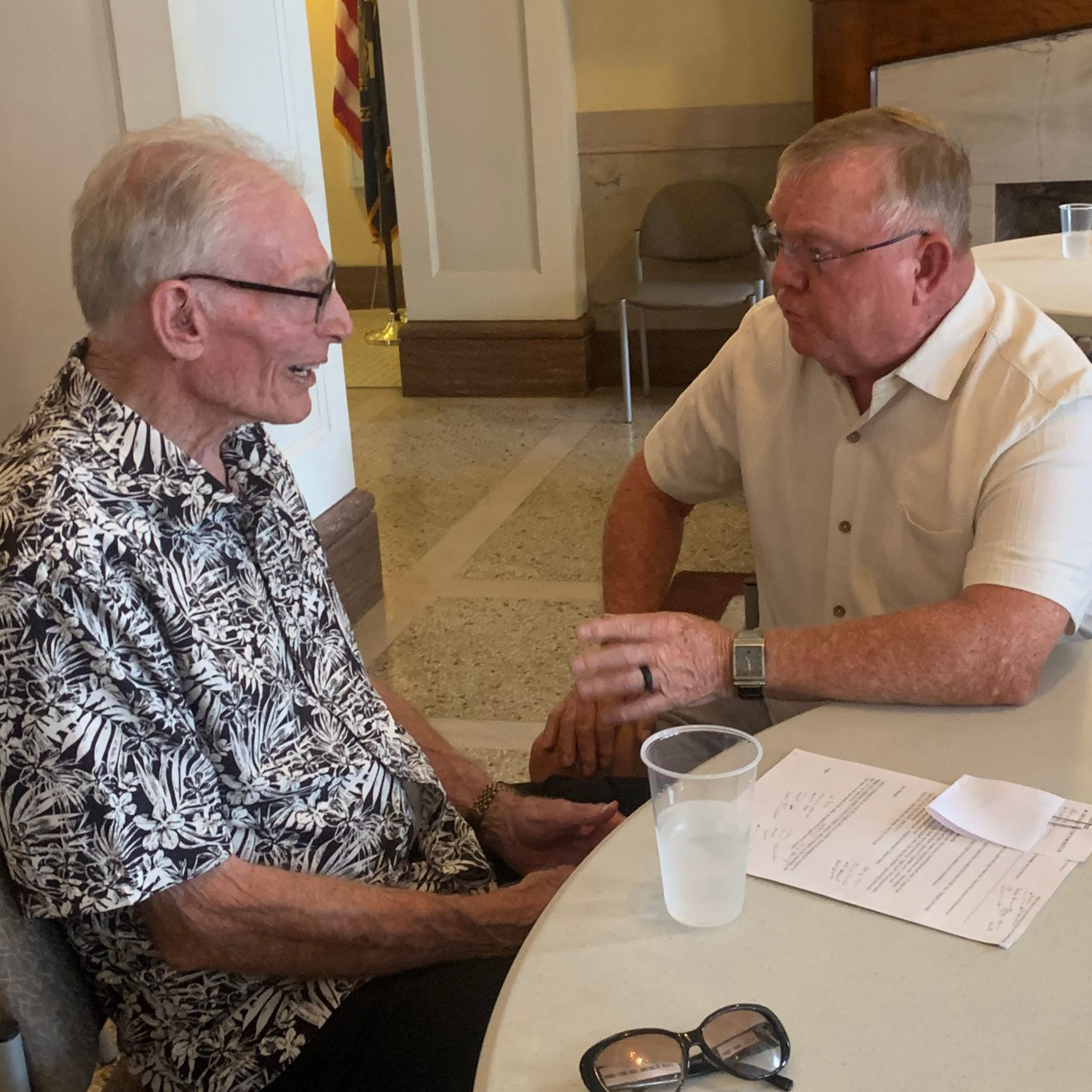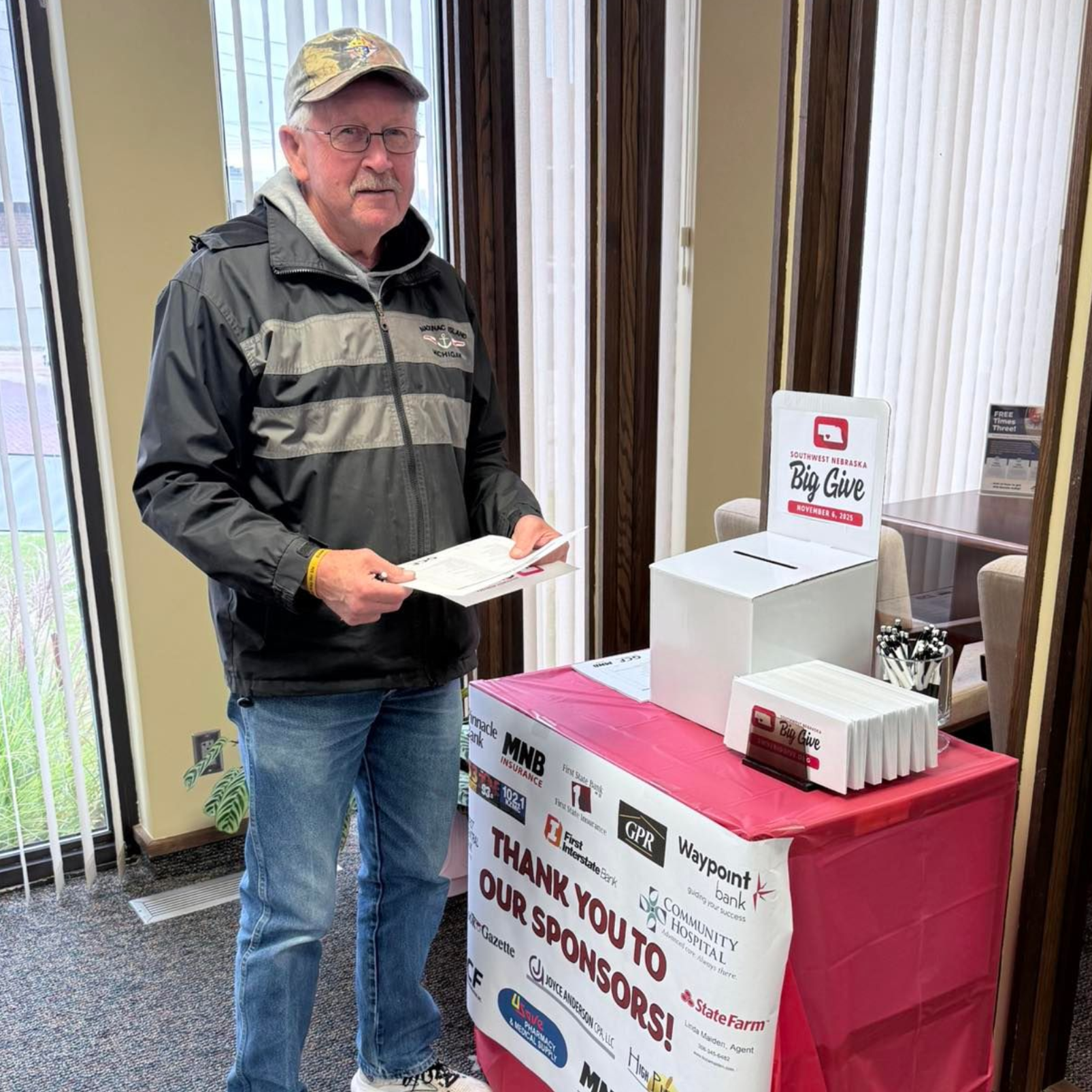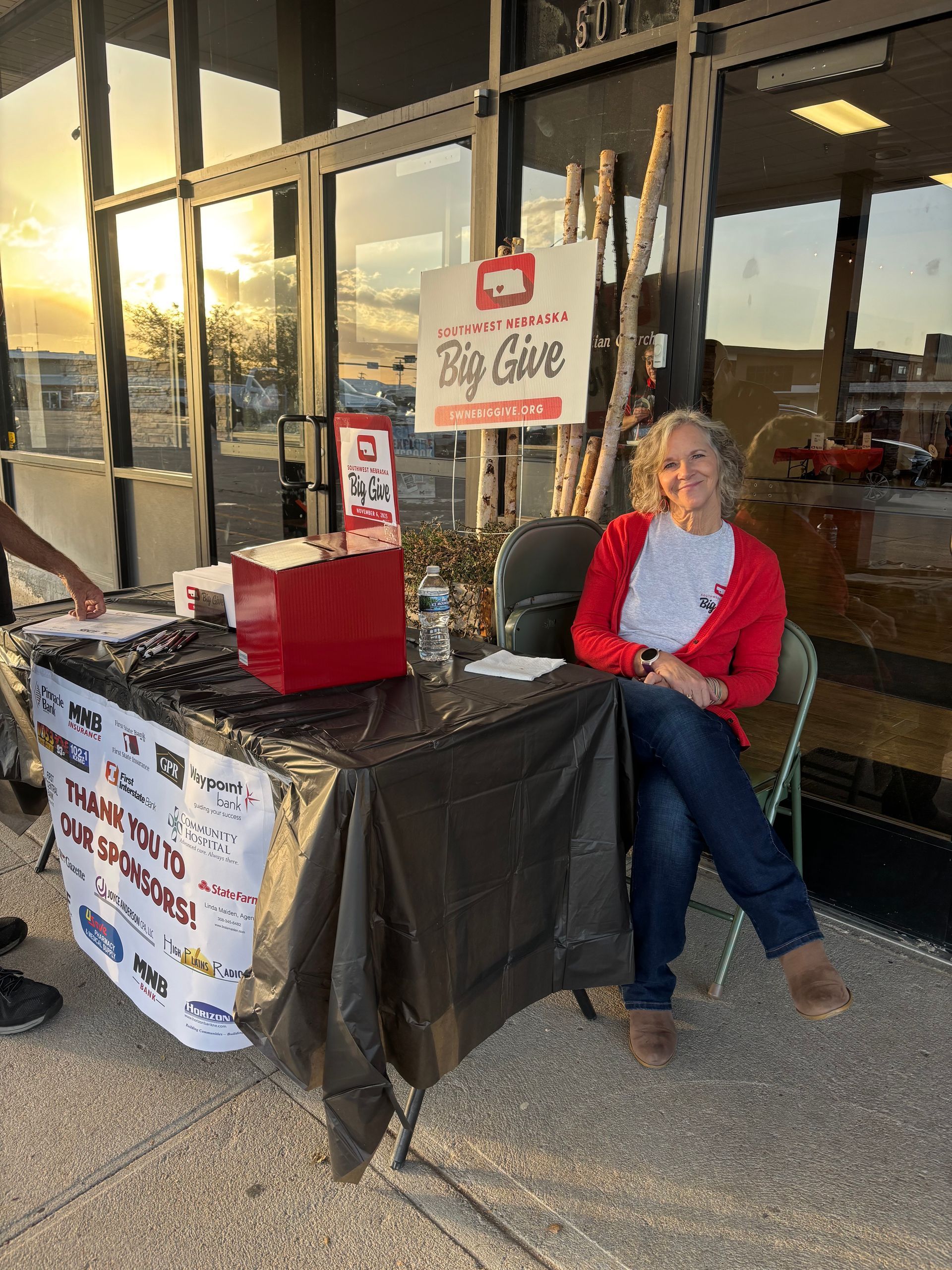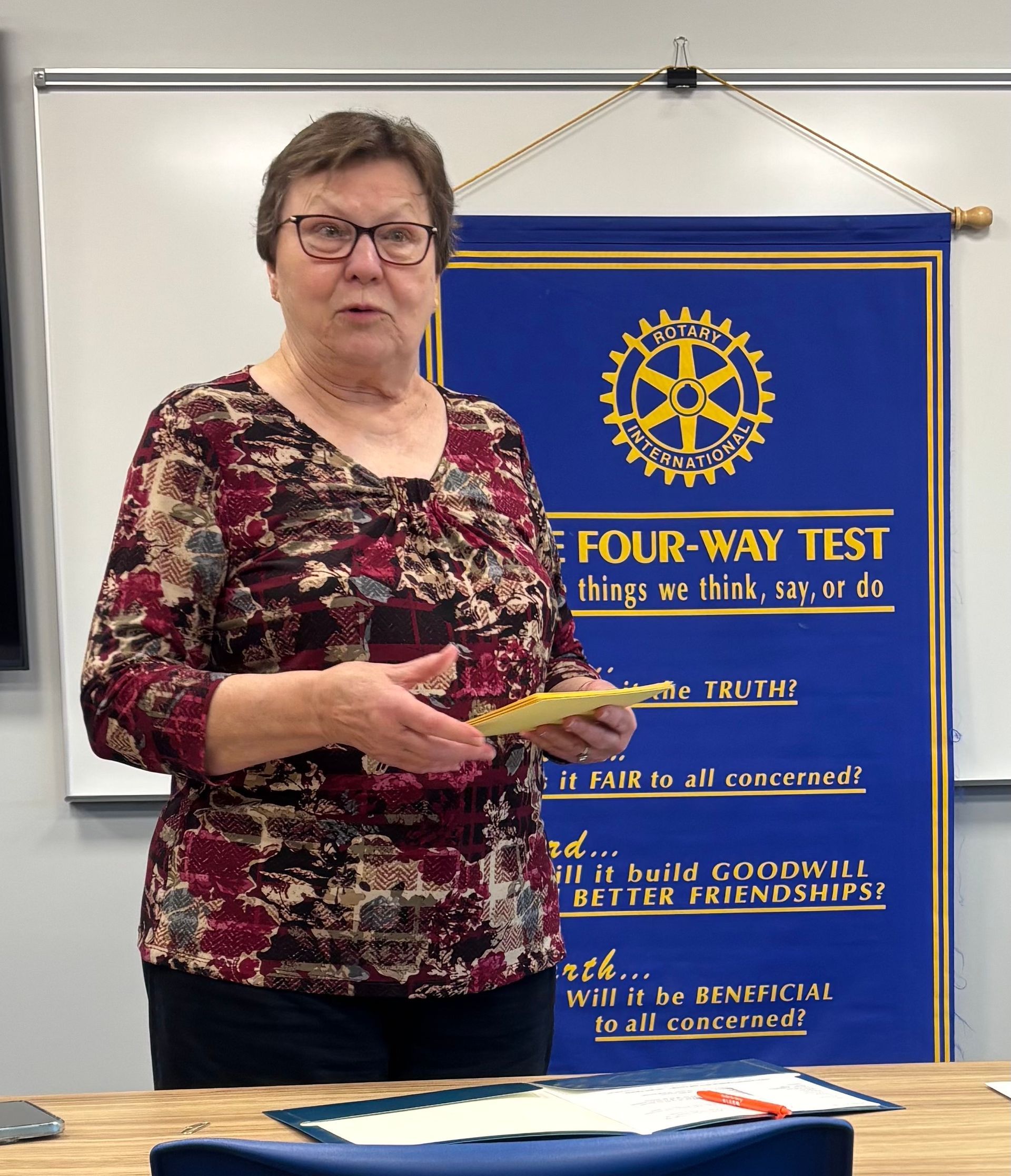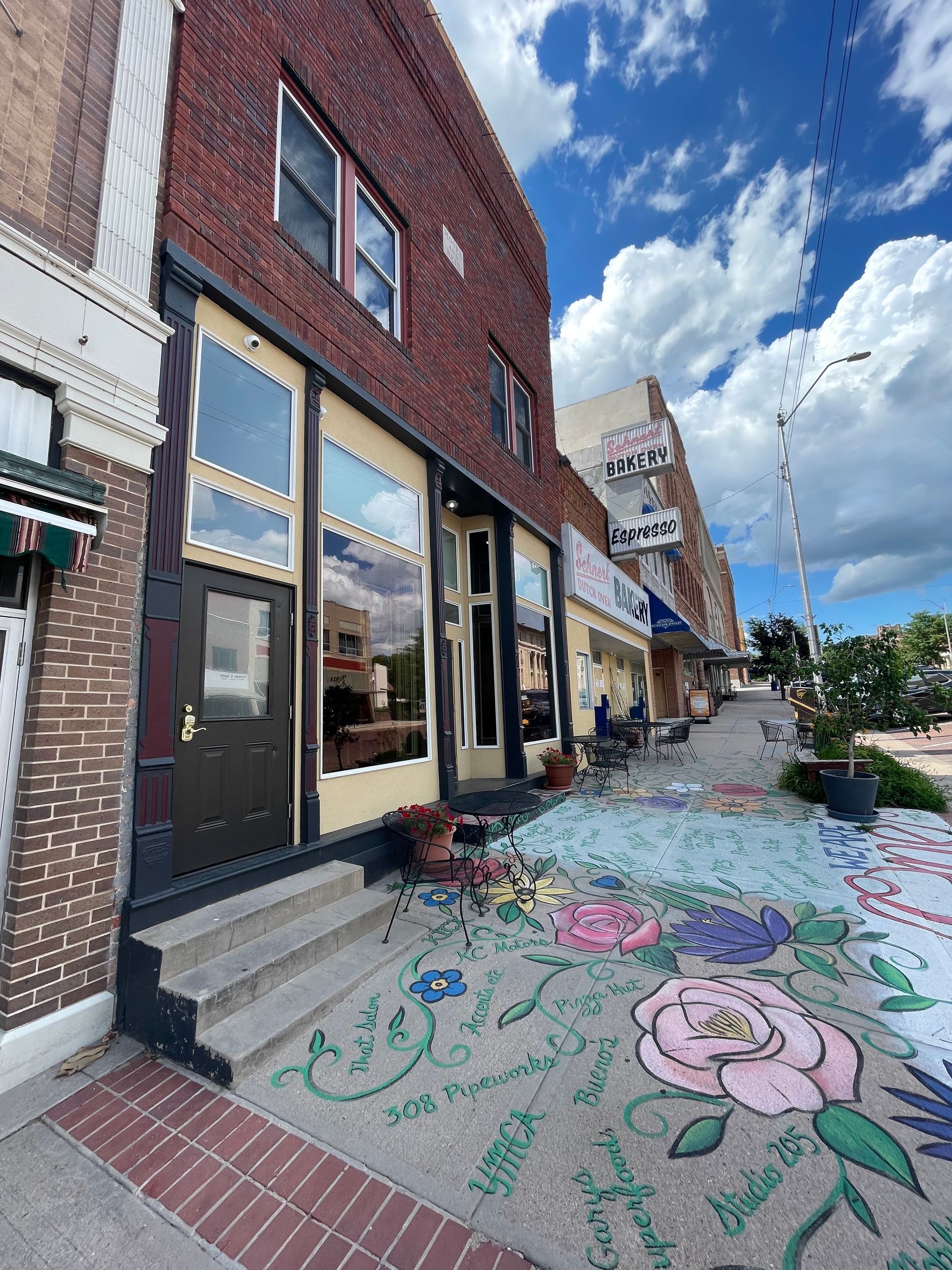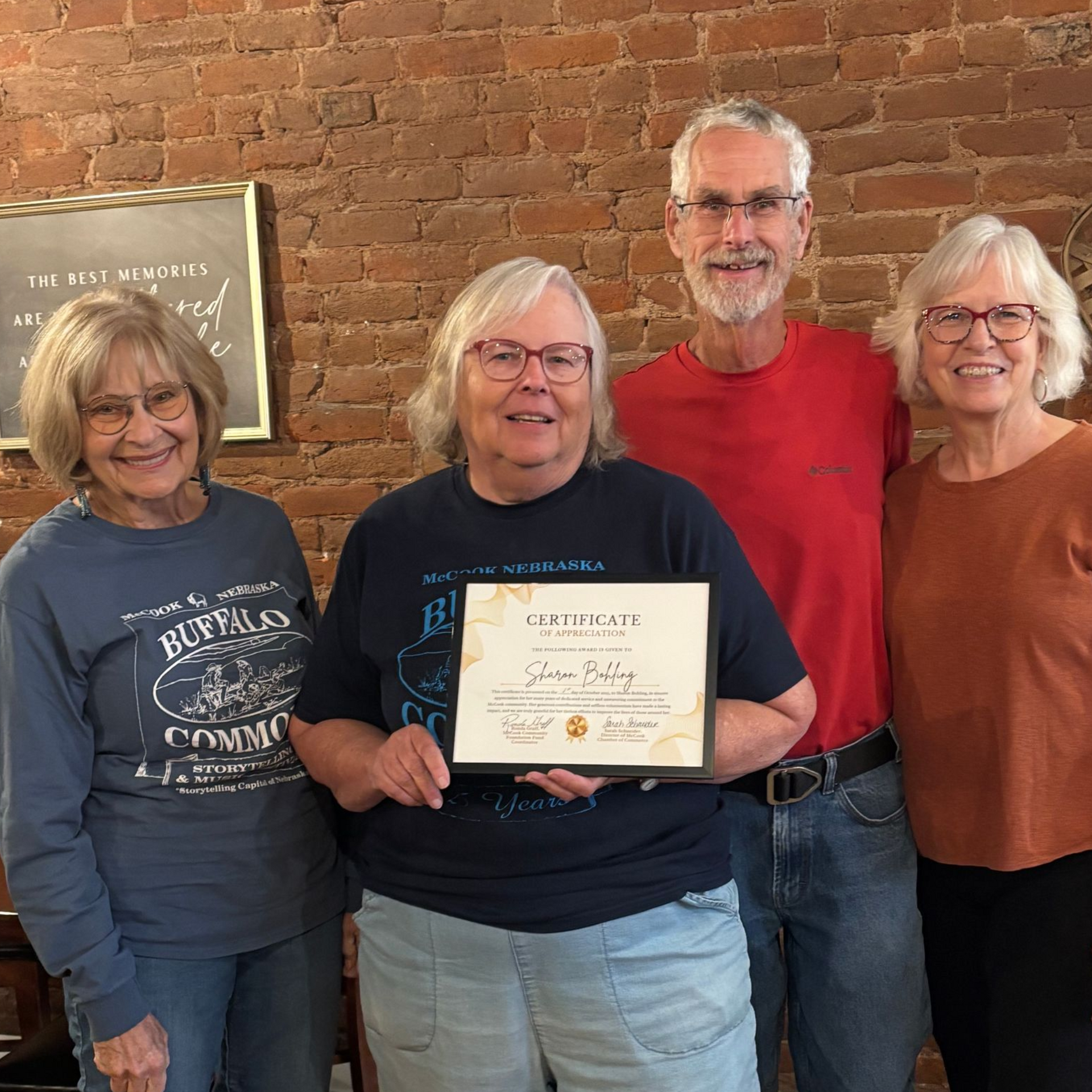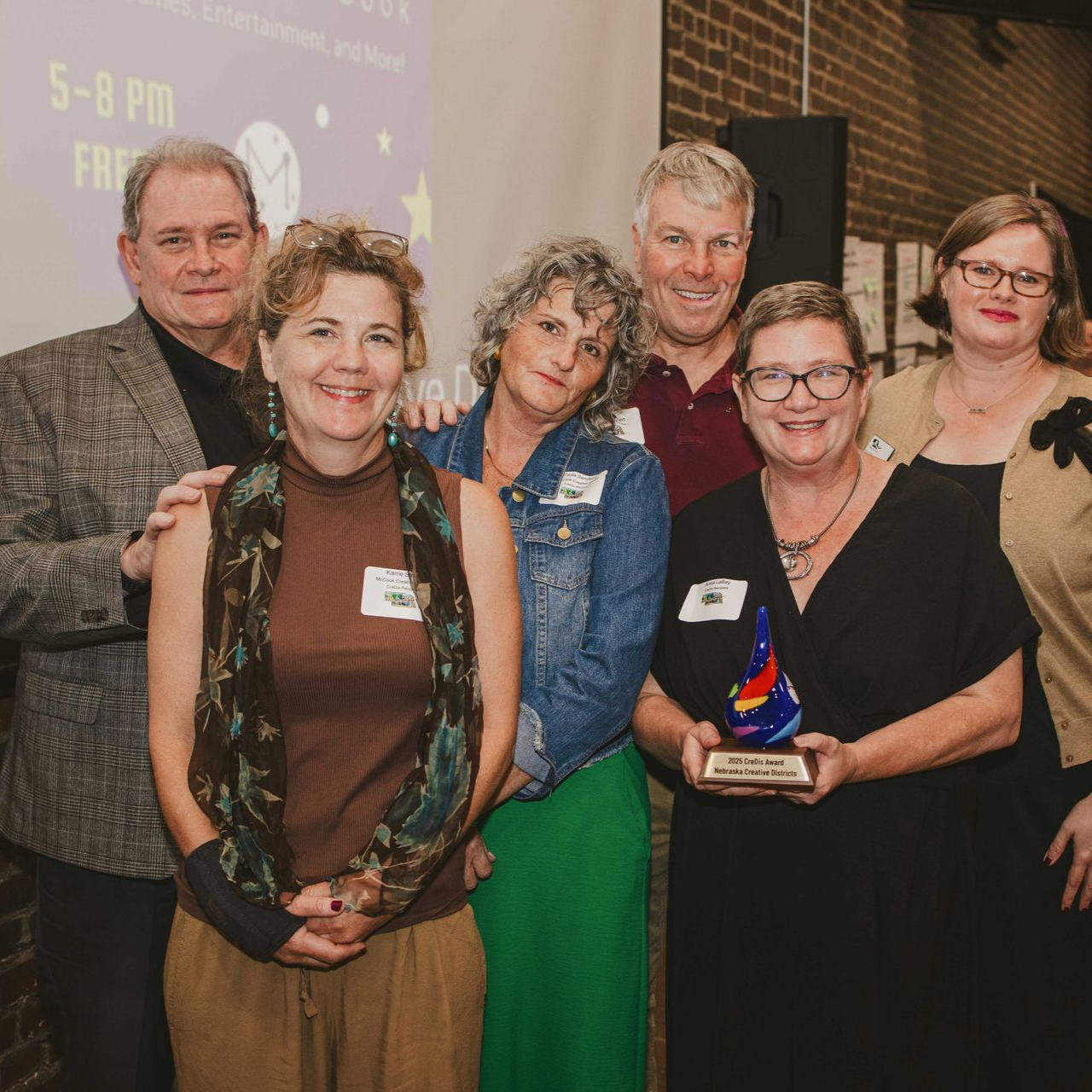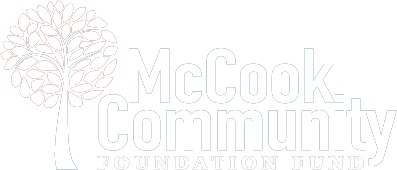Throughout my life, I have always been active in the community. I have participated in a wide variety of activities ranging from sports’ camps to 4-H activities, including a commitment from my 4-H club to a community service learning project.
Participating in these activities has given me the opportunity to learn not only what it means to be active in the community, but to also assist in bettering it for others. Without these experiences, I would not have had such a strong interest in joining Youth Change Reaction (YCR), the youth organization for the McCook Community Foundation Fund.
Through YCR, I knew that I would be able to help further the betterment of our community in ways I would never have dreamt of previously. Joining YCR has been one of the best experiences I have had and has taught me what it takes to have and build a great community.
Growing up in McCook, I always experienced camps and activities that were put on by others in the community. The memories I have gained from these events are some of the most important memories of my childhood due to how much I enjoyed them.
As I grew up, I wanted to be a part of the people who put events on in the community so I could give others the same joy that I had experienced. As I aged through 4-H, I had the opportunity to help others with their projects and activities.
When I was in 8th grade and eligible to join YCR, I knew I wanted to be a part of the organization because its main focus is to benefit the community.
Prior to joining, I was familiar with YCR because my older sister is a former member. I watched the events that she helped create and put on during her four years as a member, including a dive-in movie at the YMCA and hosting dances at the junior high. This involvement solidified my decision to apply as a member when the time came.
Not only has YCR allowed me to help make our community a better place for everyone but it has given me the opportunity and resources to grow and become a better leader. Being a member of a group that aids young people in becoming future leaders is an invaluable asset for the future generation.
My involvement in YCR has also shown me what it really takes to make a community great: hard work and dedication. Most people don’t see all time and effort it takes to take a project from an idea to completion. But that is what is required if we want to make our communities a great place to live for generations to come.
For starters, citizens must buy in and be willing to put in the time necessary to reach their goals. It takes teamwork from not only a multitude of people but multiple groups, a variety of organization, and people of all ages. One singular group cannot make a community accomplish great things. It takes collaboration, including the young and old. The saying, “Many hands make light work,” is especially true when it comes to a community coming together to accomplish a goal.
As I prepare to graduate from high school in just a few months, I have reflected on everything I have learned, which I will use the rest of my life. The skills I have gained and the people I have met these past four years on YCR will help me become a strong and beneficial leader in my future community - wherever that is.
Using the enthusiasm from my fellow YCR members and the knowledge from the adults surrounding me, I will take the amazing ideas and vision that McCook’s community has and spread them to wherever I end up. As I prepare for the next state of my life, joining YCR will always be one of the greatest opportunities I have ever had to learn, grow, and see how important being part of the community can be.
James Neel is a senior at McCook High School, a four-year member of YCR and the reigning Red Willow 4-H Senior Showmanship Champion at the 4-H dog show.
